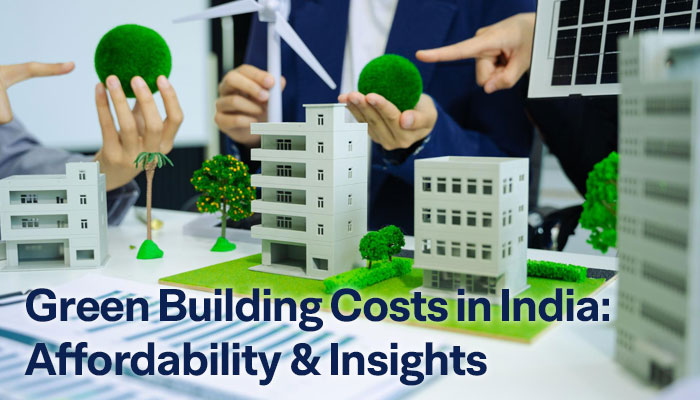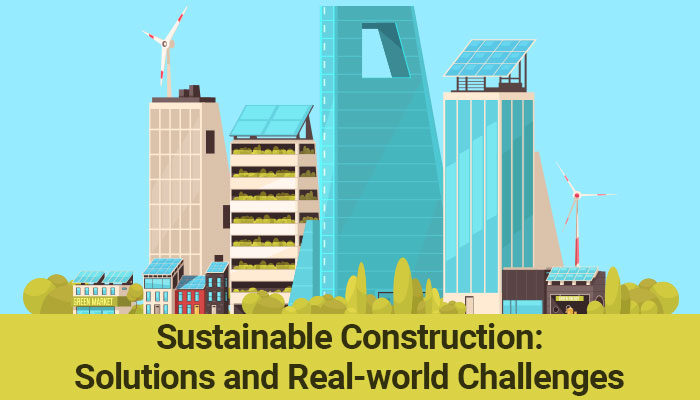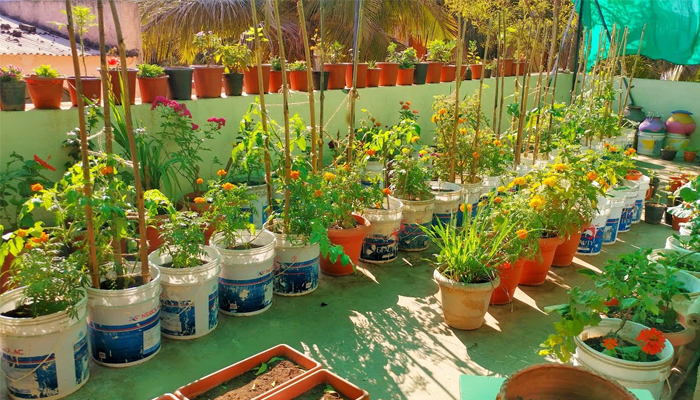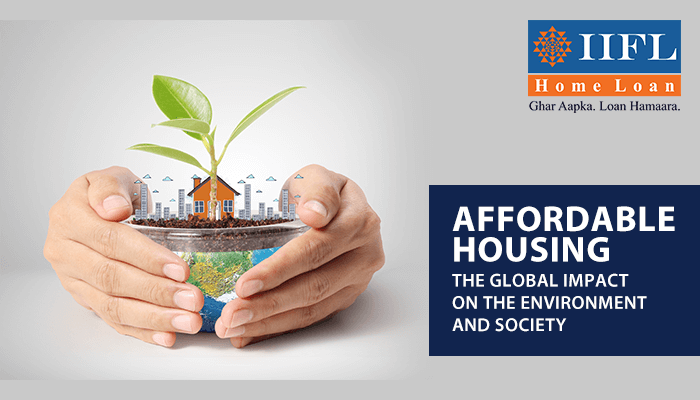What Do You Mean by ‘Green’ Construction Materials?

Being committed to an architectural practice based on the principles of environmental sustainability and social responsibility, Ashok B Lall has been engaged in architectural education since 1990 and has developed curricula and teaching methods to address environmental issues. His current interest is in developing strategies for sustainable urban development in the context of rapid urbanization.
To be ‘Green’ is to be like a plant. What the plant takes from the soil it returns to the soil. It is part of a natural cycle that keeps the richness of the forest and the earth’s flora and fauna alive. The forest also breathes the air and keeps the composition of the atmosphere in balance by absorbing carbon dioxide for its growth.
Timbers and Grasses
Timbers and grasses are biomass. They are naturally renewable and they store carbon taken from the atmosphere.
So, the most ‘Green’ material for construction would be made out of grasses and woods. And when each part of a building has lived its life its timber and grasses are returned to the earth.
But watch out! You must harvest only as much as the forest can replace naturally. You cannot over exploit the forest or grasslands so that they die. Can you?
Many societies across the globe used timber and grasses as the main building materials. When requirements are simple and when there are few and small communities you cannot over exploit the forest. Right?
But the world has changed. We have grown in numbers and our needs are more complex. New solutions are needed.
Engineers, construction technologists and designers across the globe are developing ways of using of timber in buildings that are efficient, strong, durable, fire-safe – suitable for our present-day needs!
Soils and Stones
If you engineer a combination of timber, stone and earth to build buildings you are still very ‘Green’.
This is how buildings were built in many parts of the world centuries ago. And they are still standing!
What is ‘Green’ about stone and earth. When the right kind of stone, suitable for making buildings and the right kind of earth are abundantly available, and you have to spend little energy to convert the raw material into a building material, you are not harming the environment. Then this is a ‘Green’ way of building.
To be ‘Green’ is to use natural materials that are easily converted into building materials.
But watch out! You cannot mine a hillside for stone and end up destroying the hill and its vegetation. This could trigger a destabilisation of a delicate natural balance – droughts, landslides, floods, etc. Nor can you remove the topsoil on which food crops are grown. Roti comes before makaan!
The big trouble started when we became dependent on ‘modern’ building materials made by burning a lot of fossil fuels to convert natural materials into building materials.
Modern materials and Climate Change
Okay, we know that Global Warming and Climate Change are upon us – typhoons, floods, droughts, heat waves…Yes, we know this is because of rising concentration of carbon dioxide in the Earth’s atmosphere - the result of destroying forests and of burning of huge amount of fossil fuels for energy – for transport, for manufacture, for our homes and workplaces.
But what does this have to do with modern building materials?
To be ‘Green’ is to Look at these numbers.
For 1 Kg of steel energy required is 20.1 Mega Joules and 1.37 kgs of Co2 is emitted
For 1 Kg of aluminium energy required is 155 Mega Joules and 8.24 kgs of Co2 is emitted
For 1 Kg of stainless energy required is 56.7 Mega Joules and 6.15 kgs of Co2 is emitted
These are energy intensive materials. They are not ‘Green’.
If you have to use steel to make a safe structure – design intelligently. You should not consume more than 25 kg of steel per sqm of floor area to build a six-storey tall block of flats. Avoid the use of stainless steel and aluminium.
To be ‘Green’ is to minimise the use of energy intensive materials
Think about which material is GREEN for making windows
For 1 sqm of window glass energy consumed is 260 Mega Joules.
For 1 sqm window using PVC energy consumed is 784 Mega Joules.
For 1 sqm window using aluminium energy consumed is 2520 Mega Joules.
For 1 sqm window using timber energy consumed is 240 Mega Joules.
To be ‘Green’ is to use treated, seasoned timber for windows, protected from rain.
Of course, we must grow our forests again and harvest them in a sustainable manner.
That is where the future lies.
Our needs continue to grow but the Earth’s resources are finite
Our populations are growing and we need more built space for comfortable shelter. Yet there is a limit to what the earth can provide. When old buildings are replaced by new ones we can recycle and re-use much of the demolished material; use steel with recycled steel content, use flyash pozzolona cement and flyash masonry blocks. There are more inventions on the way.
To be ‘Green’ is to use recycled materials.
Above all, to be ‘Green’ is to be modest in our needs. Let us not ask for the Moon. We are on Earth!
What are your thoughts on Green ways of building? Share them in the comments section.
Tags
Disclaimer: The information contained in this post is for general information purposes only. IIFL Home Finance Limited (including its associates and affiliates) ("the Company") assumes no liability or responsibility for any errors or omissions in the contents of this post and under no circumstances shall the Company be liable for any damage, loss, injury or disappointment, etc. suffered by any reader. All information in this post is provided "as is", with no guarantee of completeness, accuracy, timeliness, or of the results, etc. obtained from the use of this information, and without warranty of any kind, express or implied, including, but not limited to warranties of performance, merchantability, and fitness for a particular purpose. Given the changing nature of laws, rules, and regulations, there may be delays, omissions, or inaccuracies in the information contained in this post. The information on this post is provided with the understanding that the Company is not herein engaged in rendering legal, accounting, tax, or other professional advice and services. As such, it should not be used as a substitute for consultation with professional accounting, tax, legal or other competent advisers. This post may contain views and opinions which are those of the authors and do not necessarily reflect the official policy or position of any other agency or organization. This post may also contain links to external websites that are not provided or maintained by or in any way affiliated with the Company and the Company does not guarantee the accuracy, relevance, timeliness, or completeness of any information on these external websites. Any/ all (Home/ Loan Against Property/ Secured Business Loan/ Balance Transfer/ Home Improvement Loan/ NRI Home Loan/ Home Loan for Uniformed Services) loan product specifications and information that may be stated in this post are subject to change from time to time, readers are advised to reach out to the Company for current specifications of the said (Home/ Loan Against Property/ Secured Business Loan/ Balance Transfer/ Home Improvement Loan/ NRI Home Loan/ Home Loan for Uniformed Services) loan.
 Login
Login






















